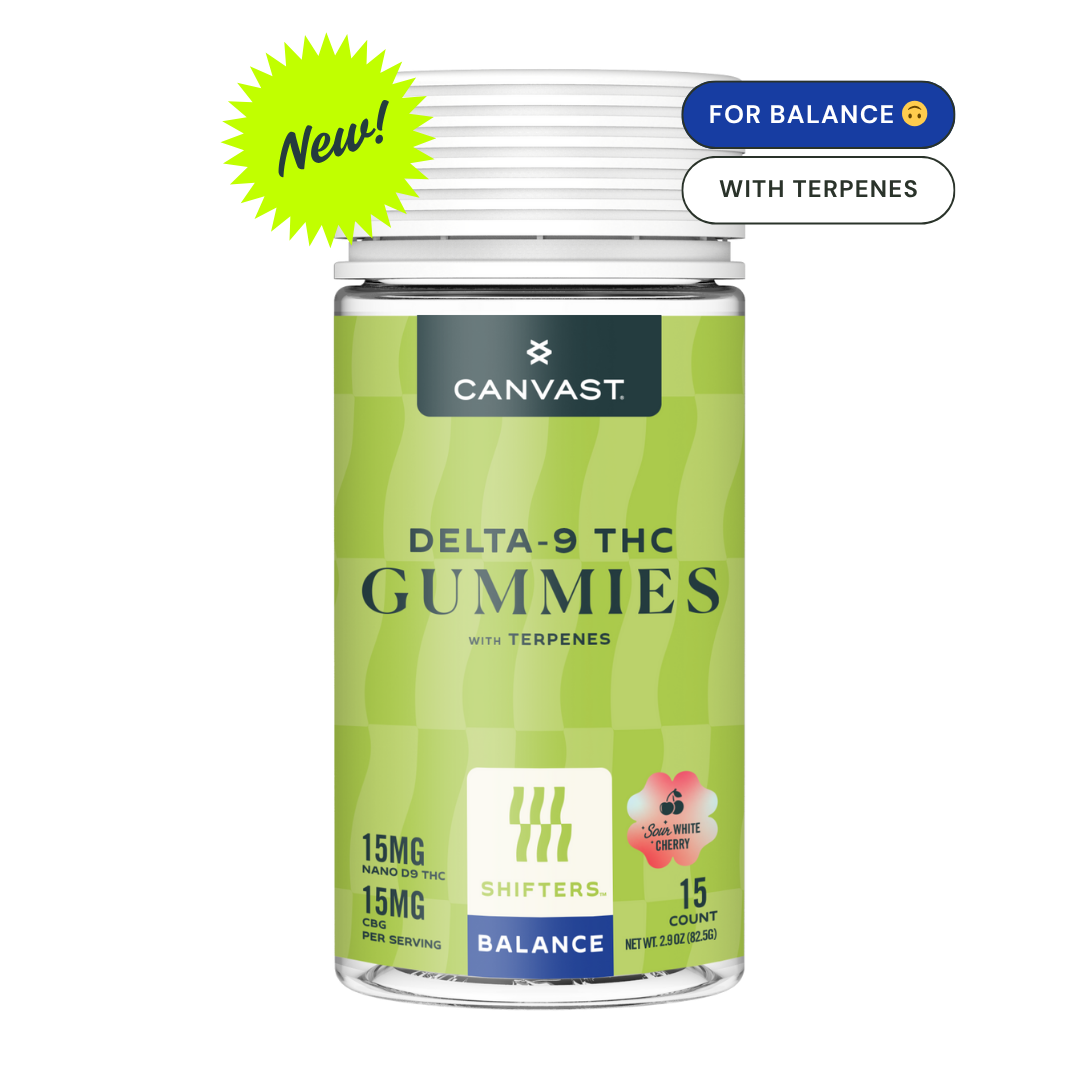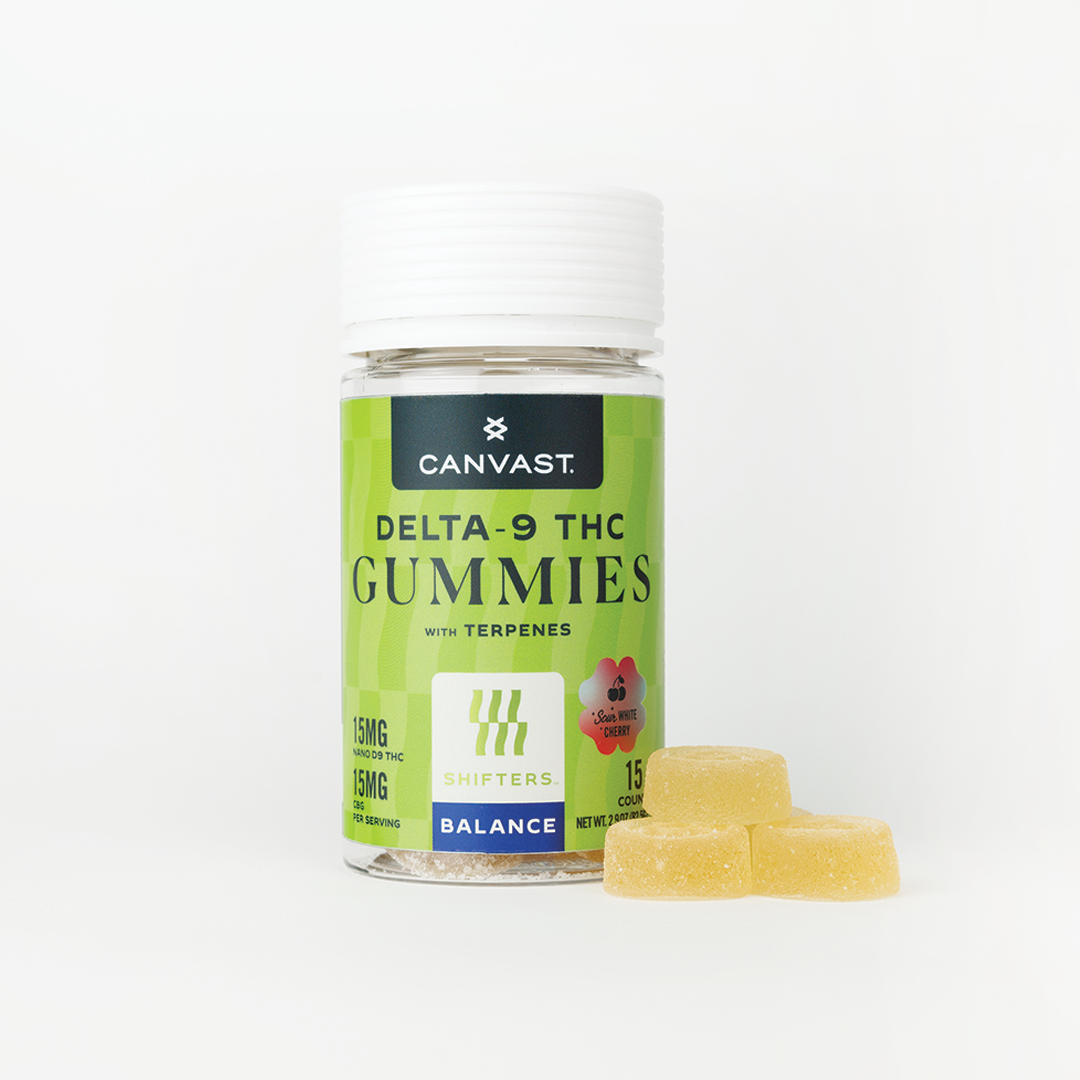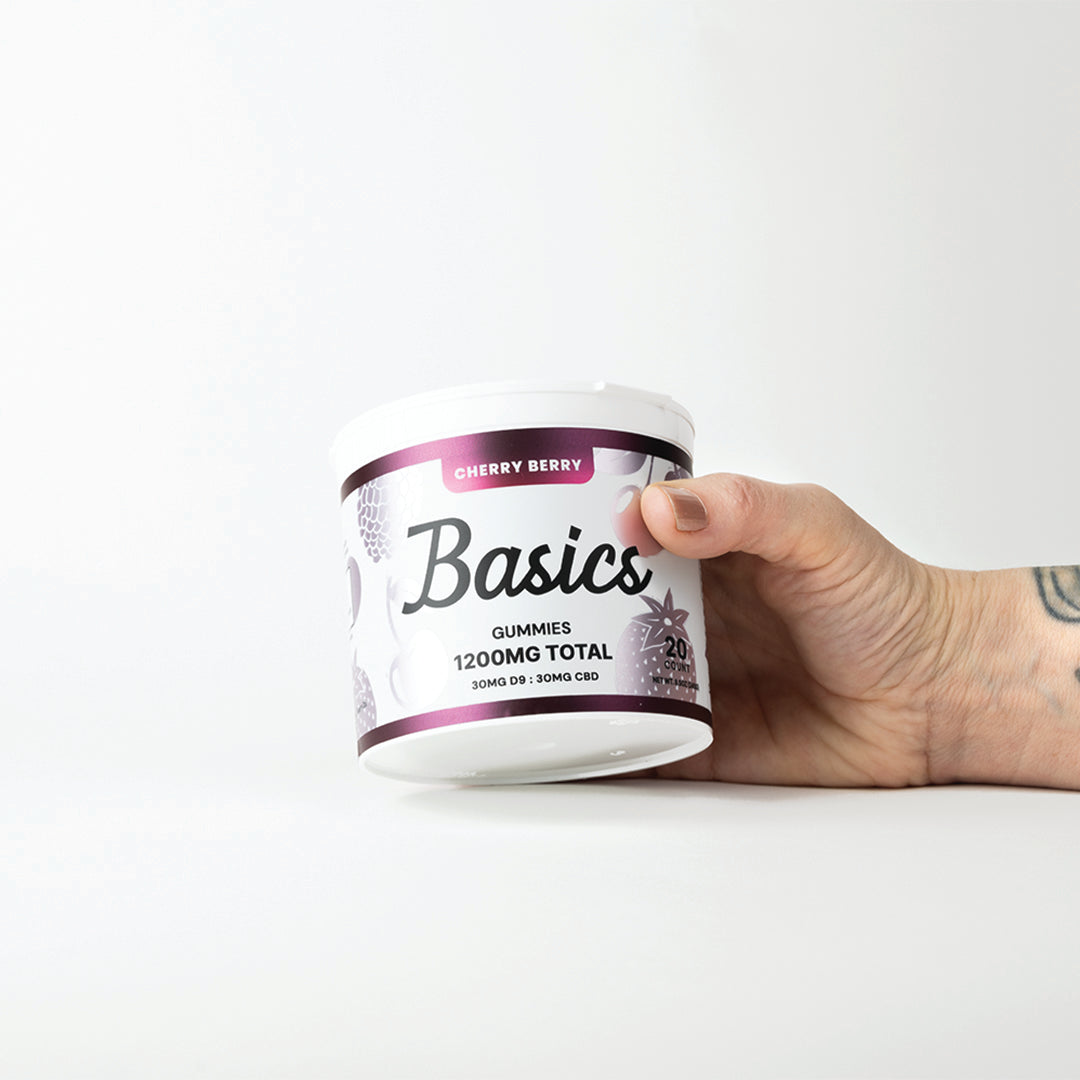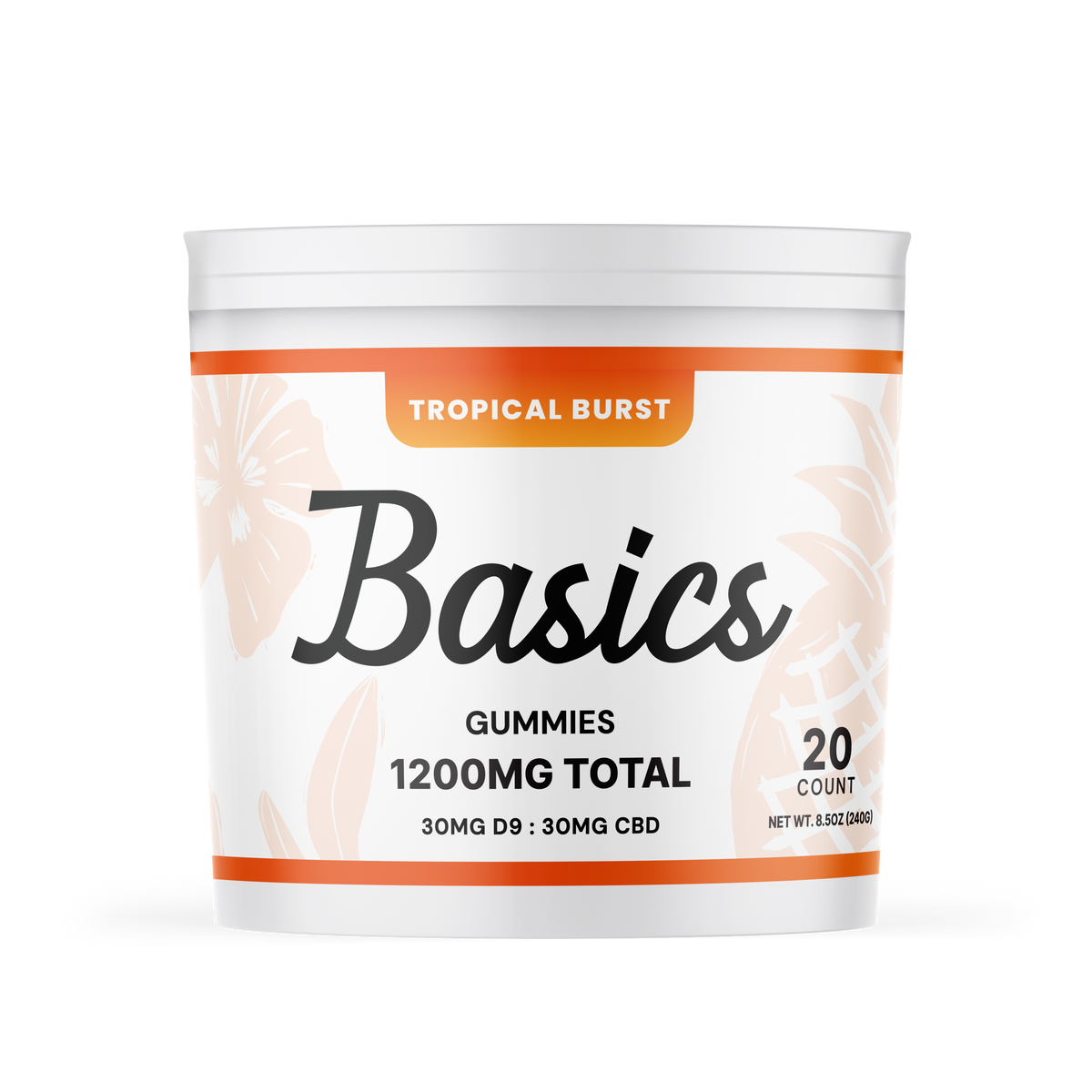Understanding the effects cannabinoids have on the brain and body requires a general background knowledge of what exactly a cannabinoid is. Cannabinoids are defined as the biologically active constituents of Cannabis sativa L and until recently, the most known terpenoid Δ9-THC and some of its naturally occurring derivatives were the only natural plant products known to interact directly with cannabinoid receptors.
There are at least 144 different cannabinoids that can be isolated from the cannabis plant and CBD (Cannabigerol) was the 3rd cannabinoid to be discovered in the 1940’s, yielding exceedingly high percentages when grown for industrial hemp farming. Cannabinoids are found mainly inside the trichomes of a plant but small quantities can be found in the stems and leaves. This plant was extremely fundamental to discovering and understanding the endocannabinoid system that is used to control many physiological processes.
Cannabinoids can be broken down into two broad categories: Synthetic cannabinoids and Phyto-cannabinoids. Synthetic cannabinoids are a class of compounds that were originally synthesized to further the understanding of endocannabinoid receptors. These compounds are not naturally occurring and are considered “full agonists”.
An agonist is a compound that activates the cannabinoid receptor to its maximum ability, meaning synthetic cannabinoids can be far more potent and could potentially pose a risk. Therefore, understanding the different cannabinoids can be crucial when deciding which one is beneficial for you. Here you can find a diagram explaining synthetic cannabinoids and a diagram comparing the different types of cannabinoids here.
Phyto-cannabinoids can be defined as any plant derived natural product capable of either directly interacting with cannabinoid receptors, sharing chemical similarity with cannabinoids, or both. The most popular phyto-cannabinoids are without a doubt, Tetrahydrocannabinol (THC) and Cannabidiol (CBD). The difference between the two is that, while they are both psychoactive cannabinoids, CBD does not produce a “high-sensation” commonly associated with THC.
CBD provides many medicinal benefits while eliminating the anxiety and paranoia sometimes caused by THC. The CBD compound comes in many different forms and each one has its own set of benefits. CBD has shown to be a successful treatment for many diseases including, seizures, diabetes, anxiety, schizophrenia, and many more.
The CBD chemical provides these benefits, dependent on the mode of usage, by reacting with our endocannabinoid receptors euphoric and relaxing sensations. When the receptors receive the CBD compound a signal is sent to the brain triggering an increase in dopamine and serotonin, inflammation reduction, and protection for brain cells from damage. While the Tetrahydrocannabinol and Cannabidiol molecular structure are practically identical, the effects and benefit differences are quite shocking. A quick comparison of the two cannabinoids can be seen here.
Canvast Supply Co. strives to provide premium quality products along with educational aspects so the connoisseur may reap all the benefits possible. When you are considering whether CBD is the right choice for you, remember Canvast representatives are on-call to answer any questions you might have.














